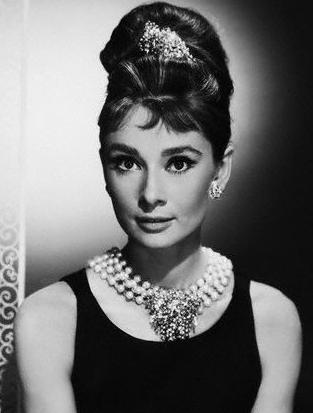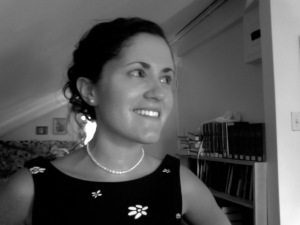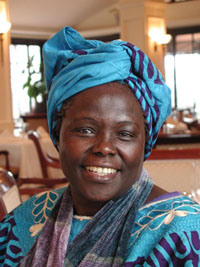My husband says I forgot to point out that not only did Ruth pursue Boaz, pretty much proposing marriage to him, but she also went and lay down next to Boaz at night. When he was sleeping. After he’d been drinking.
How’s that for some ‘Biblical’ Passion & Purity!?
{And yes. I totally love and adore my scholarly husband for pointing that out.}
Anyway, OK. Brief recap from part one–
Things I learned from evangelical culture:
Be Pure.
And so be afraid of your own desires.
Be Pretty.
And so be afraid of eating, excreting, and everything bodily.
Be Perfect.
And so walk the fine line between looking great, being ‘nice,’ and pretending that you don’t even care about ‘the physical.’
{Because you have a crush on the cute boy with nice hair who plays guitar for youth group talks piously about wanting to date only ‘spiritual’ girls. And ‘spiritual,’ in the theology of the evangelical youth group, means ‘not physical.’ That’s why the really ‘spiritual’ girls are always ‘dating Jesus.’ Which unfortunately translates, too often, treating the smitten guys around them, with whom they’re ‘just friends,’ like crap.}
My own understanding of growing up Christian, then, meant shutting down everything that was God-given, normal, and healthy.
I was terrified of ‘liking’ boys because that might lead “someplace” sinful. So I was choked up, found it hard to talk to boys unless it was to listen to how much they liked my friends.
I was terrified of getting a womanly body. Not just because women were dangerous temptresses, all curves and sensuousness and endangering to a young man’s ‘purity,’ though that was part of it.
Part of it, too, was that I was afraid to take up space. Because, after all, in the evangelical version of womanhood I’d pieced together for myself, a woman’s passive perfection entailed unobtrusiveness.
Let me tell you, I’m not really naturally unobtrusive. Oh, I might be a little shy when we first meet in person. And I’m told my personality is more ‘sweet’ than not. But I also can be a bit of a Scrappy Doo, or, if you prefer, a bit of an Anne of Green Gables kind of girl. One time I smacked a boy in my Sunday School class on the head with a hardback Bible. (Sorry about that, Tommy!) I rather enjoyed debates as a young’un. And none of that’s really conducive to the whole “gentle and quiet spirit” thing that I took to mean passivity.

Somehow, in my mind, cultivating a passive, pure, perfect Christian girl persona got tied in with remaining physically petite. Not being ‘weighty,’ not being a contender. Something to be pursued, not someone to be reckoned with.
And then, too, there was the food side of things. Oh, food. Until a certain point–I think about age 14 or 15–I enjoyed eating and didn’t give undue thought either to food or to my weight. Sure, I was aware of dieting, aware that ‘someday,’ when I was a woman, I’d hate my body just like most of the grown-up women I knew. But I liked food. Not that I was particularly adventurous, but I remember relishing the sweet and sour chicken my dad would cook for my every birthday at my request, the simple pleasure of perfectly steamed white rice, and the lemony explosion of a cold Granny Smith apple behind my teeth.
Somehow, though–and it’s all mixed in, I think, with the passivity and the perfection, the prettiness and the purity–I began to fear my appetite. Just when my appetite should’ve been growing–when I was growing, both in mind and body, more rapidly than I’d ever grown since babyhood–I recoiled from it in fear.
Gluttony was a sin, after all. The body’s desires were suspiciously sinful: “put a knife to your throat if you’re given to gluttony”?!
You combine that with a food culture like ours, where food is plentiful, cheap, and everywhere, and I began to harbor a secret, shameful fear: what if I eat everything? What if I just start eating and can’t stop? If I can never stop? How would I know how to stop?
Obviously, eating was too complicated and dangerous.
Not eating was easier. Of course, then the problem was my hunger would overtake me, eventually, and I’d break down and eat and eat, always, it seemed, too much–enough to trigger fear, panic, guilt; terror over letting my physical ‘desire’ get the better of me.
After all, where might that lead?
And so I was afraid: afraid of wanting to eat, of eating, of liking boys, of boys, of accepting my body, of my body, of going out and of being seen.
I would get dressed under my bath towel, hiding nakedness from myself.
And in all this time, all this was a shameful secret.
Because, after all, this wasn’t the behavior of someone pretty, perfect, pure, or passive.
But that–a tortured, circumscribed, turned-in-itself, endlessly abstemious life–is not the flourishing, fully human life God desires for God’s daughters.
You are God’s. God made you, you are beautiful, and God loves to feed you and to see you flourish–you, as God made you–not you, pressed down and rolled out and cut to fit some other shape.
You, as God made you, are beautiful.
{of course this isn’t the end. there’s more to my story. and to yours. looking forward to sharing and hearing more…}
Like this:
Like Loading...









